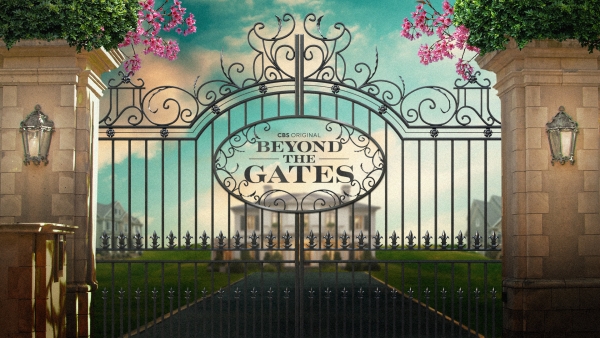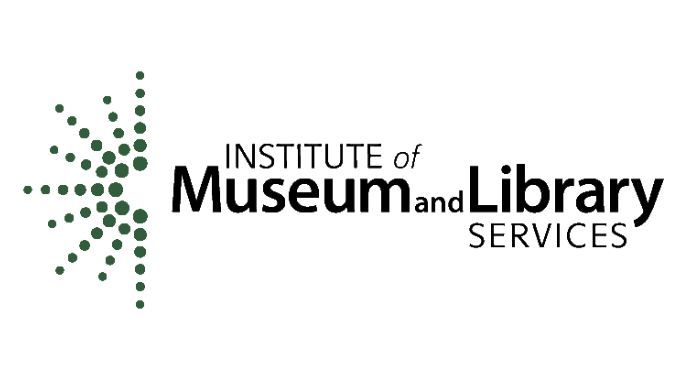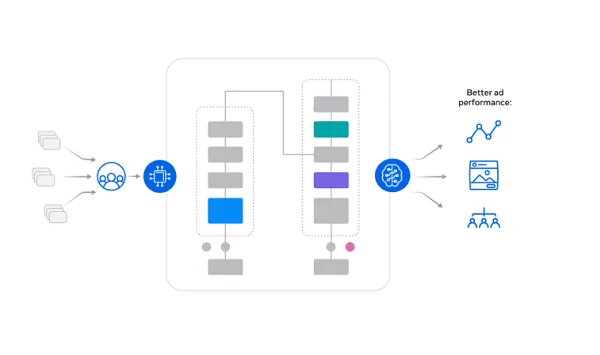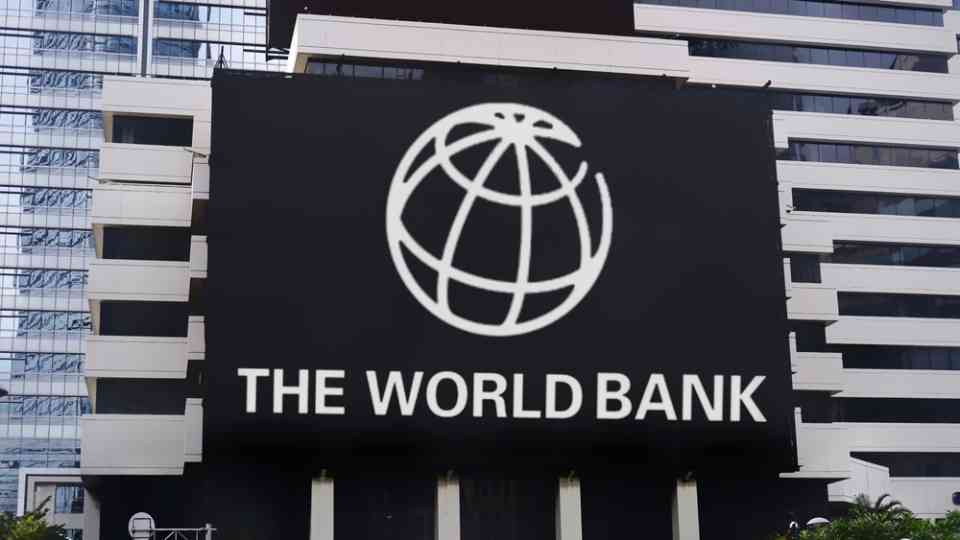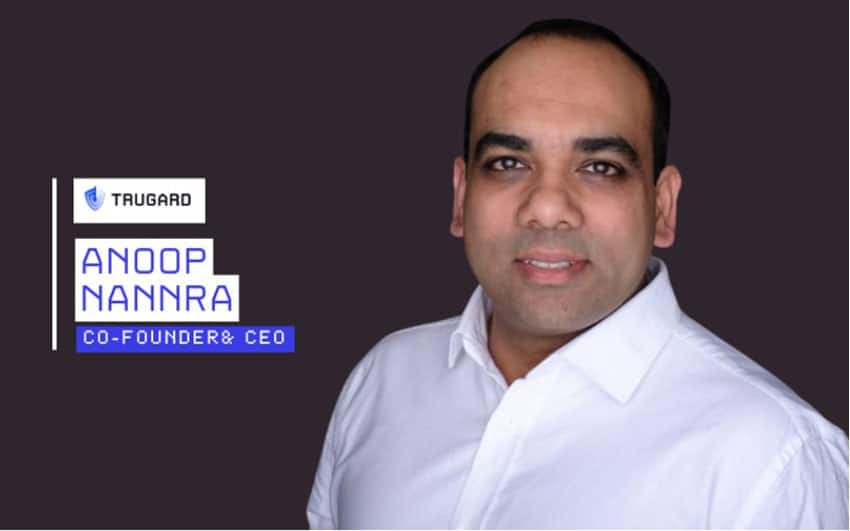The World Bank has raised concerns that over 100 nations, including China, India, Brazil, and South Africa, may face stagnation in a “middle-income trap” unless they implement significant economic reforms. The institution’s latest report highlights the necessity for emerging markets to diversify their growth strategies beyond heavy reliance on investment.
According to the World Development Report, the experience of the past half-century indicates that nations reaching middle-income status often plateau at around 10% of the US per capita income, which is roughly $8,000. Since 1990, only 34 middle-income countries have successfully transitioned to high-income status. Many of these were either integrated into the European Union or discovered new oil reserves.
Indermit Gill, the Chief Economist at the World Bank, explained that given current trends, China might take a decade, and India might require 75 years to achieve a per capita income of 25% of the US level. He emphasized that the future of global economic prosperity hinges on middle-income countries. However, many of these nations rely excessively on outdated strategies, either depending too long on investment or shifting prematurely to innovation.
Gill recommended a new strategy that first emphasizes investment, then incorporates new technologies from abroad, and finally balances investment, technology infusion, and innovation. He stressed that with increasing demographic, ecological, and geopolitical challenges, precision in policy-making is crucial.
By the end of 2023, 108 countries were categorized as middle-income, with annual per capita incomes ranging from $1,136 to $13,845. These nations collectively host 6 billion people, accounting for 75% of the global population. Despite producing over 40% of the world’s GDP and being responsible for more than 60% of carbon emissions, two-thirds of their population lives in extreme poverty. They face more significant obstacles than their predecessors in overcoming the middle-income trap, such as aging populations, rising protectionism in advanced economies, and the urgent need for an energy transition.
Gill acknowledged the difficulties ahead, stating that it would be incredibly challenging for these countries to escape the middle-income trap while also moving away from environmentally destructive growth models.
Have you read?
World’s Best Countries To Invest In Or Do Business.
World’s Most Startup-Friendly Countries.
World’s Best Countries For Quality of Life.
Largest Economies Europe In 2024.
GDP of the BRICS countries (2000 to 2028).
Add CEOWORLD magazine to your Google News feed.
Follow CEOWORLD magazine headlines on: Google News, LinkedIn, Twitter, and Facebook.
Copyright 2024 The CEOWORLD magazine. All rights reserved. This material (and any extract from it) must not be copied, redistributed or placed on any website, without CEOWORLD magazine’ prior written consent. For media queries, please contact: info@ceoworld.biz






















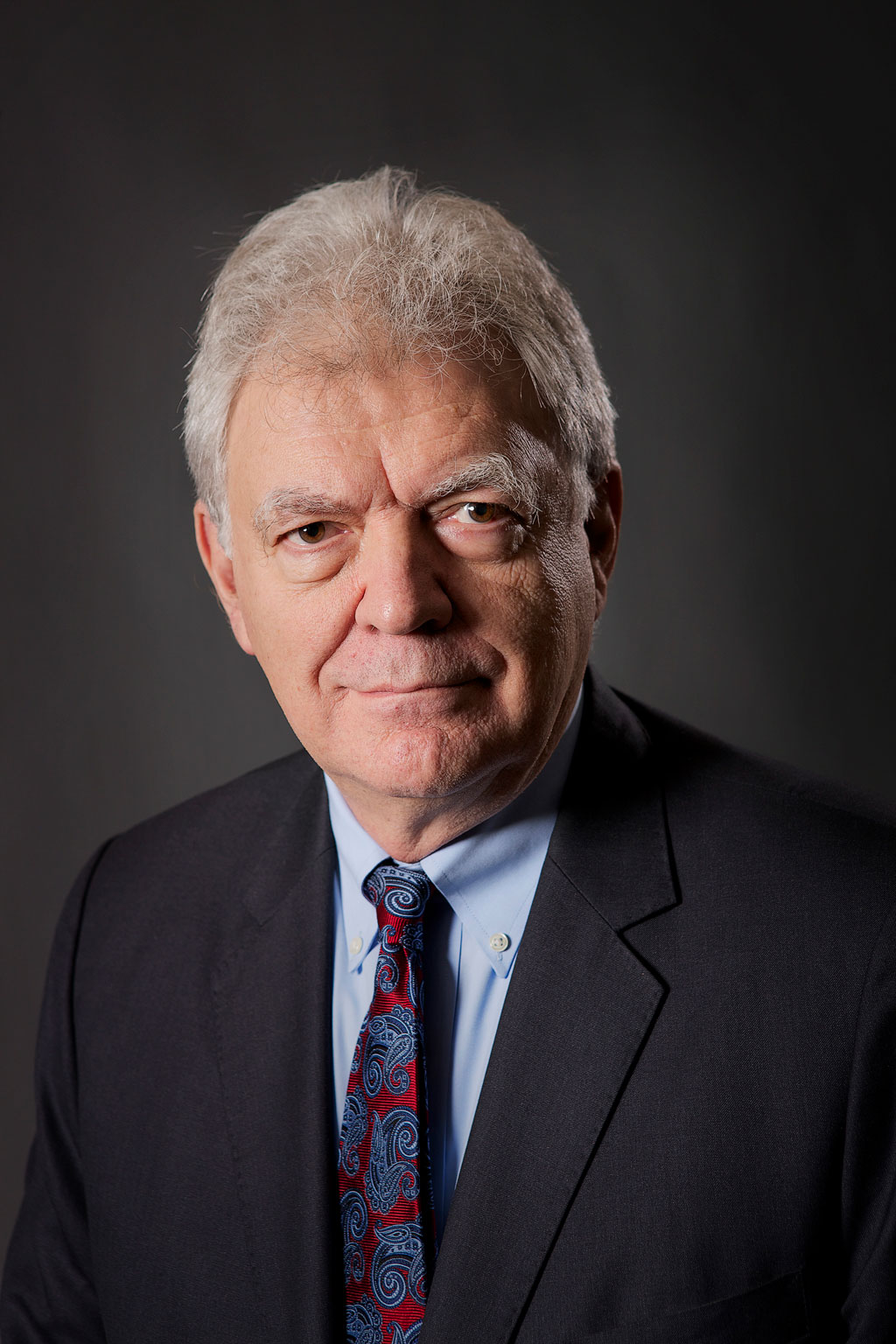






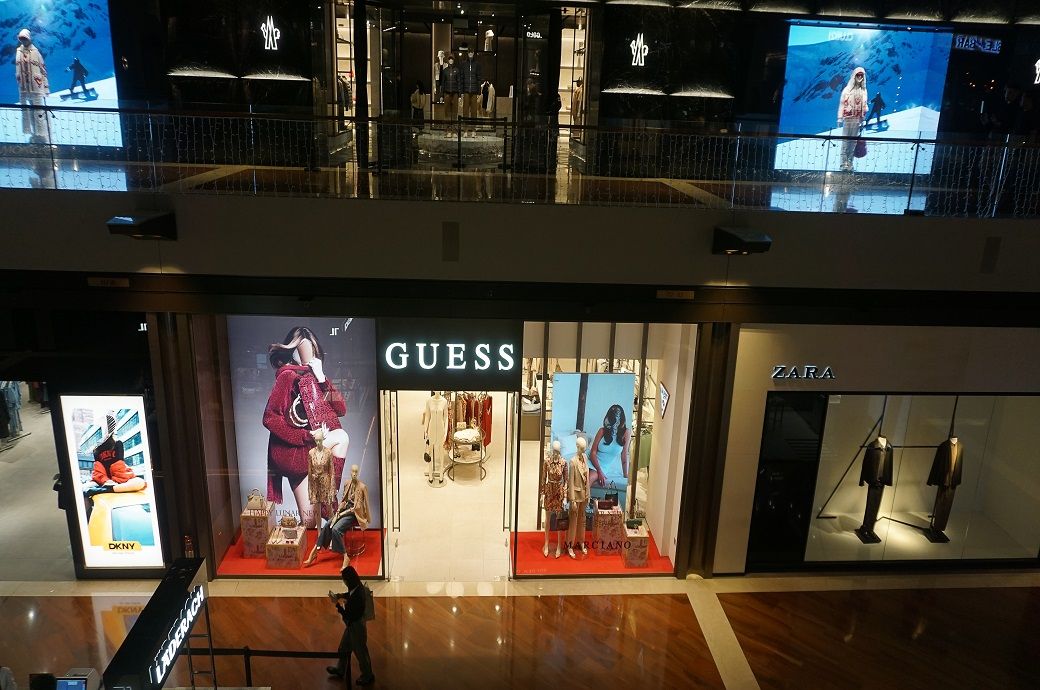










![Spider-Man Is Back in Black With the Green Goblin in New Funko Pop! Figures [Exclusive] Spider-Man Is Back in Black With the Green Goblin in New Funko Pop! Figures [Exclusive]](https://static1.colliderimages.com/wordpress/wp-content/uploads/2025/03/spider-man-the-animated-series-green-goblin.jpg)


